
Kitchen Utensils From A to Z
The kitchen is the heart of any home. And if your home has been equipped with a well-stocked kitchen, you should be prepared for whatever culinary adventure comes your way. However, with all types of cookware and utensils filling up the drawers and cabinets, you may not be sure what each one is used for.
When it's time to stock your kitchen, you've got a lot of options. Not all pots and pans will work on every stove. Baking sheets come in three different kinds of metal and half a dozen different shapes. And who even knows the difference between a cheese wire, a scissor-sharpener, a run-for-your-life knife, and an egg slicer? There's a lot to learn, but you don't have to do it alone: we're here for you.
This handy guide will help you understand the difference between cookware, bakeware, kitchenware, and tabletop items. We will make it easy for you to know exactly what you need when it comes time to do your shopping.
Cookware
Cookware can be a tricky thing. With so many different types to choose from, it can be hard to decide what's right for you and your kitchen. If you've ever considered switching to utensils that are non-stick or non-toxic, we're here to help.
So, What Is Cookware?
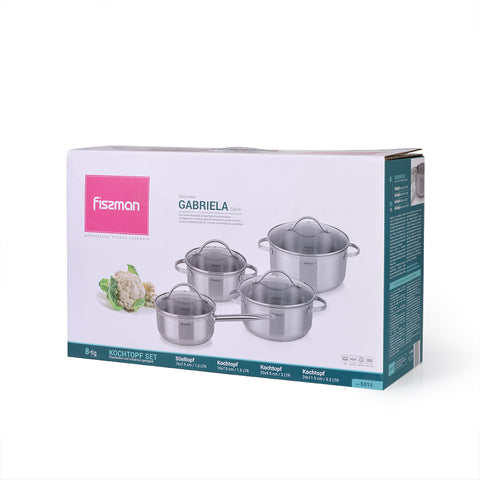
Cookware refers to the various types of pots and pans used in cooking. This can include skillets, saucepans, frying pans, and more. The quality of the material can make all the difference. It also determines how long your cookware will last and what kinds of foods you'll be able to cook with it. Here are some common materials:
Cast Iron Cookware
Cast iron cookware is inexpensive, easy to find in thrift stores or garage sales, and is durable enough to last for generations. We can use this type of cookware on a stovetop or in the oven. It can be rough on knives and abrasive scrubbers, so it is best to use plastic or wooden utensils with this cookware.

How to care for it: When you buy cast iron pans, they're usually seasoned (meaning they've been coated with oil and heated up so that the oil seeps into the pan). It means you don't have to do much to keep them in good shape. To season your cast iron pan, just rub it down with oil and heat it in the oven--it's as simple as that!
Stainless Steel Cookware

This cookware usually has an aluminum or copper core to help distribute heat more evenly across the base of the pan. Stainless steel requires high heat and oil to get a good sear on meat and vegetables. Like cast iron, you can use it on a stovetop or in the oven. It should be hand washed with mild dish soap and dried thoroughly after use to prevent rusting.
Nonstick Cookware

Nonstick cookware features a coating that prevents food from sticking to the pan. This makes cleanup easy—no more scraping stuck-on bits!—but these pans aren't indestructible. Use nonstick pans with care. They should not be used at high heat or left empty on the stovetop (which can damage the coating).
Anodized cookware
The cookware is made from aluminum, treated with an electrochemical process that makes it harder and more durable than bare aluminum. This type of cookware can withstand higher temperatures and can be used for searing meat or sautéing vegetables. Because of its durability and versatility, anodized nonstick cookware is growing in popularity.
Enameled Cast Iron Dutch Ovens
Dutch ovens have high sides and straight edges. They are similar to stockpots but have heavier lids that keep moisture in better during the cooking process. Enameled cast iron dutch ovens are made from cast iron that has been coated in enamel. This makes them easy to clean and resistant to rusting, unlike regular cast iron cookware.
Bakeware
Bakeware refers to baking equipment, such as pans and molds. This is the part of your kitchen where you'll find lots of metal, including sheet pans, cake pans, pie plates, and muffin tins.
Glass bakeware like Pyrex is also common, and one can use it for baking, cooking, or storage. Silicone molds in various shapes and sizes have become increasingly popular. We can't forget the oven-safe ceramic dishes used for casseroles and roasting.
When you think of bakeware, it's easy to get caught up in the fun stuff. It's baking, after all. Baking is fun. But let's not forget that bakeware is an essential tool in your kitchen arsenal. Without it, you wouldn't be able to do things like bake a cake or make cookies…which are both pretty dang fun.
So what kind of bakeware do you need? There are a lot of options, but here are some of the basics:
Baking Sheet
Also known as a cookie sheet, these pans come in various sizes and shapes. The most common is the half-sheet pan, which measures 18 by 13 inches. These pans are made from aluminum or stainless steel and have one or two raised edges to keep food from sliding off. You can also find quarter-sheet pans, about half the size of standard half-sheet pans. These smaller pans are great for baking smaller batches of cookies or other foods that you don’t want to make in large quantities.
Loaf Pans
These are ideal for baking breads, meatloaves, and other items baked in a long, narrow shape. These pans come in many sizes, including small five-by-three-inch pans or larger nine-by-five-inch loaf pans. Some loaf pans have straight sides, while others have sloped sides which allow you to remove the food once baked easily.
Pie dishes

Pie dishes can be made from ceramic or metal like cake pans. Metal pie dishes typically have a nonstick coating, while ceramic ones do not. Pie dishes can also have fluted or straight edges.
Muffin tins
Muffin tins are small baking dishes (typically made of metal) used for baking muffins and cupcakes. Each tin has a few cups that the batter is poured into. The number of cups can vary, but most muffin tins have either 6 or 12 cups total.
Kitchenware
"Kitchenware" is an umbrella term for a broad range of tools and utensils used to prepare food and store it. A quick overview of the different kitchenware products will help you organize your kitchen more effectively. This will also help you choose the right tools for your cooking style.

Whether you're a professional chef or an amateur home cook, you know how important it is to have the right kind of kitchenware on hand. There's no use in whipping up a mouthwatering chocolate cake if you don't have the right frosting spatula to spread the icing across your masterpiece.
Luckily, a wide range of kitchenware is available in various shapes, sizes, materials, and functions. Depending on your cooking preferences and needs, you'll want to stock up on the following types:
Cutlery
Cutlery is the name given to a group of tools used to cut food. The main examples are knives and sharpeners. The right type of knife makes cutting tasks much easier and faster.
Food Preparation Tools
Food preparation tools are those tools that help one perform tasks other than cutting, such as stirring, mixing, and grinding. Some examples include spatulas, whisks, mixing bowls, and grinders. It's important to have the right tool on hand for every task you'll encounter in your cooking routine so that you can accomplish each step quickly and efficiently.

Kitchen Gadgets
These small appliances or devices serve specialized purposes, such as opening cans or peeling vegetables. Kitchen gadgets often save time by performing simple tasks with precision. Some gadgets may be useful depending on how you cook, while others may just take up space in your kitchen drawers.

Interesting read:
List of essential kitchen tools
Food Storage
Food storage: This includes containers that hold food before it is prepared or after it has been cooked.
Tabletop and Bar
For many of us, "tabletop" conjures images of our family's holiday dinners. While the food is usually what people remember, it wouldn't be a meal without the plates and dishes it's served on!

One true thing about tableware is that there are many different types. There are so many plates, glasses, mugs, and serving utensils that it can be overwhelming to know what you need.
When setting up a table for any event, you may consider the types of kitchen utensils you'll need. You probably already have plates, glasses, and flatware, but there are other types of dinnerware available. Here are a few common ones
- Dinnerware: These include any items that serve food during a meal. It includes plates, bowls, cups, flatware (silverware), serving dishes, and more.
- Serveware: Serveware includes any item that serves food at a party or special event. It includes serving trays, platters, chafing dishes, gravy boats, etc.
- Drinkware: Drinkware includes any item that serves a beverage. It includes glasses for water, wine, beer, specialty beverages, and cups and mugs.
- Barware: Barware contains the items you need to assemble cocktails or other drinks at home, like shakers, strainers, and bar tools.
- Linens: Linens are napkins, tablecloths, and placemats that create a finished look on your tablescape.
When it comes to investing in your kitchen, it's important to know what you need and which tools will be most useful for you.
Here are some tips to help you determine which utensils are right for you:
- Know your cooking style. Are you a beginning cook? Do you need a broad selection of utensils that you can use in different cooking scenarios? Or do you know exactly what recipes you're going to make on any given day? This will help narrow down your options.
- Ask yourself: What am I trying to achieve with these utensils? If you're just looking for a few basic items that can get the job done, start with some basics. These can include measuring cups and spoons, a whisk, and maybe a few other cooking tools. If your goal is more complicated, consider purchasing more advanced equipment such as pasta machines and cake decorating tools.
- Decide on quality over quantity. The cheapest option isn't always the best. Think about how often you'll use the tool, how durable it needs to be and how often you’ll be cooking.
Here are some simple tips for keeping your kitchen utensils in tip-top shape:
- Wash your hands before and after using the utensil.
- Avoid putting wooden utensils in the dishwasher—they will break down faster! Instead, hand wash with warm water and mild soap, then dry thoroughly before storing.
- If possible, store knives separately from other utensils (like spoons or tongs). This will preserve their edges for longer periods without dulling them prematurely by coming into contact with hard surfaces like stainless steel pans or granite counter
Also know: How to Avoid Scratches and Peeling on Your Nonstick Cookware
Key Takeaway
Kitchen gadgets come in all shapes and sizes—and, of course, there's always a new one to try. If you're looking to get your hands on some great new kitchen utensils, shop at FISSMAN, Dubai's premier source of premium cookware and kitchenware. Fissman provides:
- The highest quality products made out of only the best materials
- A customer service team is available to help with any inquiry.
- Fast shipping that gets your order to you quickly and efficiently, so you can get back to what matters most—cooking up a storm!
- A warranty on every product we sell
Our products are made out of only the best materials, each one comes with a guarantee, and they're all easy to clean. Whether you're looking for cutlery or bakeware, you can find it at Fissman! We even have outdoor and travel sets, so you can make your favorite foods with a little cleanup and no guilt.
We aim to make your time in the kitchen worthy without worrying about whether or not your tools will work for you. That's why we work for you. We hold ourselves to the highest standards of excellence and craftsmanship so that your job is as simple as possible.
The next time you’re looking for premium cookware or cooking products in Dubai, look no further than Fissman. You can find almost anything on our site: knives and cutlery, air cookers and kettles, pasta makers, make-at-home gnocchi kits… You name it! Take a look at our website today!
References
What are Kitchen Utensils? - hipages.com.au
Different Types of Cooking Utensils and Their Uses | Mental Itch
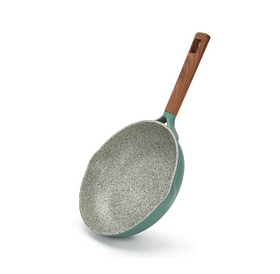
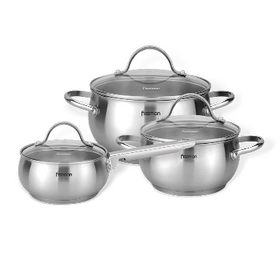
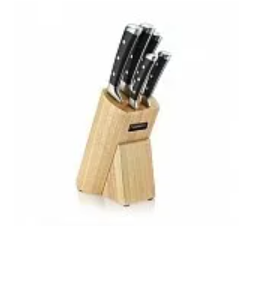
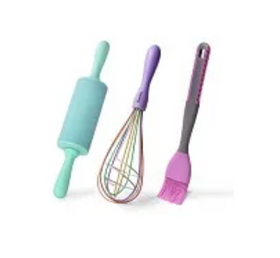

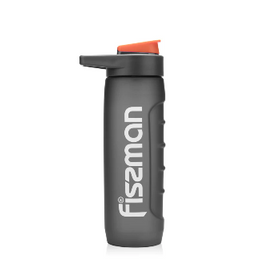
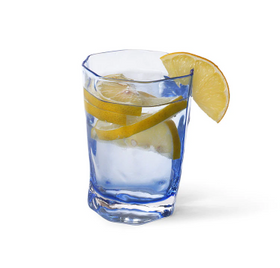




























Leave a comment